What is most valuable?
The most valuable feature is being able to debug problems, even though it can be a little bit complex and you have to know quite a bit to be able to dig around, root around, and figure out what the problem is. But I think getting into it, once you understand it, it's not too bad.
How has it helped my organization?
It definitely makes customers' or users' lives easier. People don't really appreciate it until they don't have it. Once everyone has SSO, if you took it away, they'd say something like, "Oh my God. I've got to put my password in every single time."
Just having it there, even though people may not consciously realize it, is a big benefit for companies. It simplifies things; reduces user/customer frustration.
What needs improvement?
- I would like to have a really simple interface; a more modernesque, cloud-based interface, with dynamic real-time information on the various configurations or object configuration points that associate with the applications.
- Ease-of-use
- Smarter error messages
What do I think about the stability of the solution?
It's had its moments in the past couple years. We've had interesting bugs that we've hit. When you see those bugs, and when they hit you, and it hits production, you get this big skew of, "This is a problem. This is not good." You feel like, "Why did this make it through QA?" Ultimately, there's going to be explanations, potential revenue loss.
CA SSO does have stability issues. Once you can find ways to get around them, whether it's fixes or you configure around them, it starts running for a while and it's OK.
What do I think about the scalability of the solution?
It can scale. You could add more infrastructure. It's very manual.
CA was talking about doing a Dockerized solution, or being able to push out and basically configure new instances of the components. I haven't heard much about it recently.
CA SSO can be scalable, but it's not exactly the easiest thing to do. There is a lot of manual work involved.
How are customer service and technical support?
I'm not very happy with technical support. I know the people in technical support. I usually give the frontline guys a chance but usually, when I report issues, I've kind of gotten as far as I could and I usually need somebody on the back line. With my recent cases, I haven't been too happy with the technical support that I've gotten.
Which solution did I use previously and why did I switch?
I wasn't involved in the initial roll-out or the initial discussions around the solution. From previous experiences, it's usually, a company realizes, if you're part of the security team or the identity team, if the company gets to a certain size, they try to find ways to make things easier to do; not only for employees and customers, but also for audit compliance.
Within that space, there are a handful of companies that do it and they each have their own reputation. CA has a reputation of being a simpler product to use, in some ways, as compared to Oracle, which is a pretty complicated product to roll out. There's a handful of players. Usually, if CA wins, then CA is there.
How was the initial setup?
If you compare it on a spectrum of really easy products to deploy – like single-clicks that can maybe even automate themselves and push out their own instances of themselves – versus, here's a big book of steps that you have to go through, I think CA SSO is kind of on the left side of that spectrum.
What other advice do I have?
Whatever you're considering, this is a good solution. It's got all the plug-ins and the various components – app servers, web servers – and you can customize it quite a bit.
In its space, most of the other competitors have the same sort of challenges. It's probably a little bit easier out of the box to get it to work.
For what it is, it does things reasonably well, once you get it working.
It definitely has maturity, but for all the number of releases that it's been through, I kind of expect that over those years, it just gets better and better. Like, with Microsoft, after three times, Microsoft usually gets something done really well.
CA has gone through SiteMinder/SSO 3.5, 4.0, 5, 5.5, 6, 12, 12.51, 12.52, so you start getting into the game of semi-releases, for different reasons. There hadn't been much changes in SiteMinder significantly until the 12.5 series, so between 6 to 12, there wasn't that much change, and then 12.5, there's a bit more change.
Disclosure: PeerSpot contacted the reviewer to collect the review and to validate authenticity. The reviewer was referred by the vendor, but the review is not subject to editing or approval by the vendor. The reviewer's company has a business relationship with this vendor other than being a customer: I used to work for the vendor.

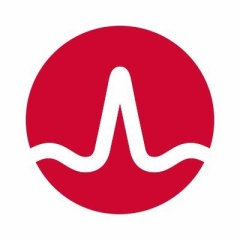



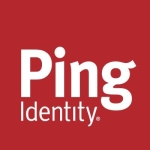
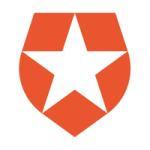
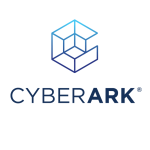
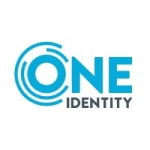



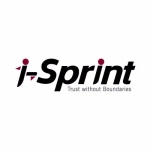

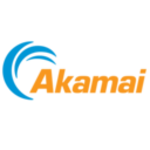

There is not doubt CA site minder /SSO is one a stable product, CA had done this aquisition in 2003. Out of few stable SSO solution . I must put CA on the top. Its easy to customize , reliable & super & secure transactions. CA combine SSO & Fedration to simplifize their licensing. We recently implemented a SSO solution to one of complex env where we had enabled SSO for 10 application and we will contiune. So far no complains . Solution running amazingly .